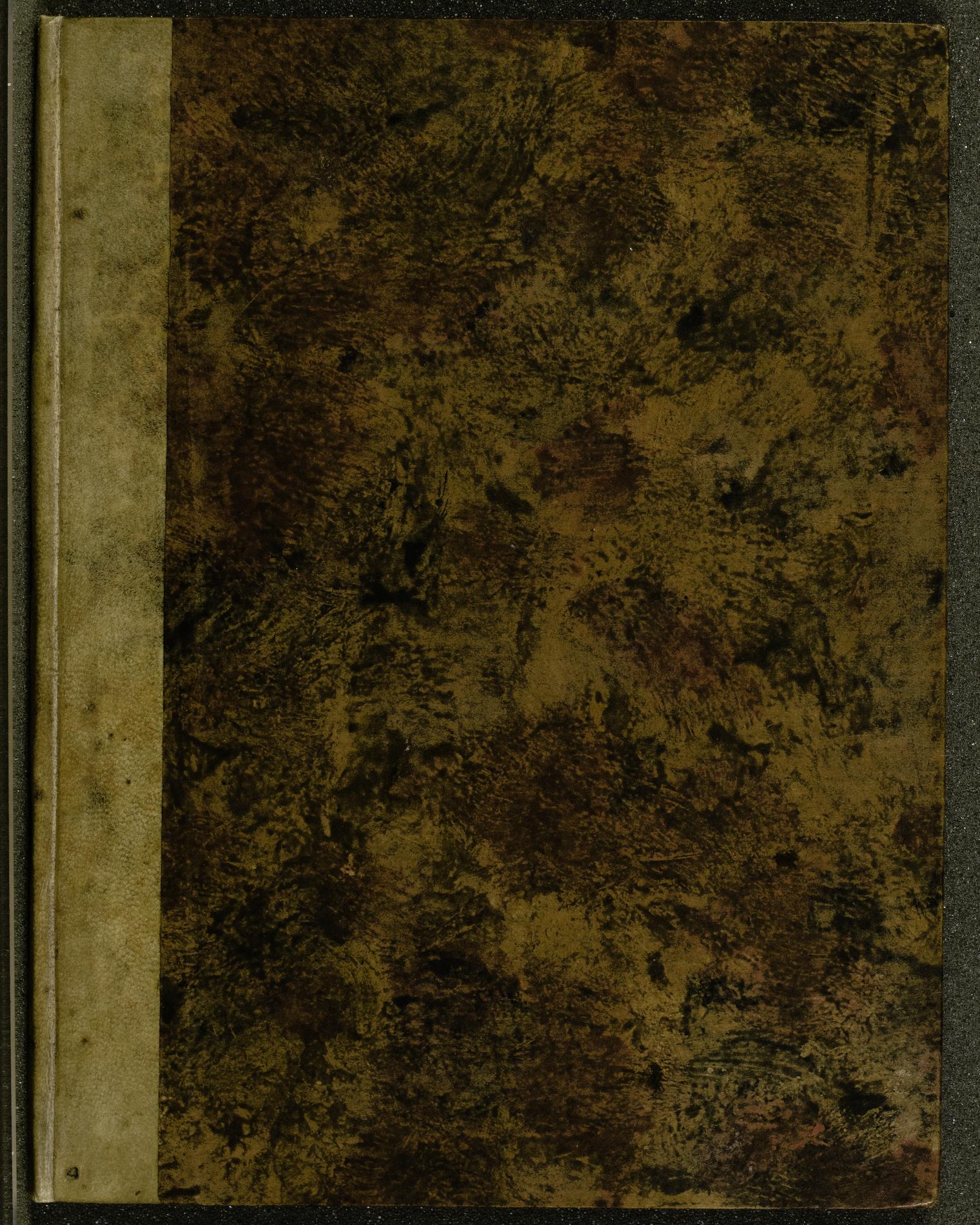Printing the Reformation


Das Newe Testament Deůtzsch
Summary: Luther's translation from the original Greek of the New Testament is a landmark in the history of the German language. His forceful style ensured that his Thuringian-Saxon dialect would provide the standard for High German in years to come. From a religious standpoint, Luther's decision to refer to the original Greek rather than merely to translate the Vulgate ensured that the German New Testament would be much more faithful to the original. Erasmus' New Testament provided the basis for the translation. This particular copy represents the first printing of the German N.T., the so called September Bible 0f 1522. It is richly illustrated with woodcuts by Lukas Cranach, calling to mind Albrect Durer's series on the Apocalypse.Introduction to Printing
The printing press transformed the spread of information in Europe. Before its development, if a reader wanted a book, they would have to buy or commission a handwritten copy. The printing press, adapted from a wine press, used tiny pieces of movable type that could be inked and pressed to paper. It was laborious work, but allowed hundreds or thousands of copies of a text to be created at once.
The printing press brought many challenges with it. How was a printer to gauge supply and demand? What if a printer spent time and money printing a popular book, only to have another printer publish the same book? Where do you get the money upfront to produce a book, knowing you will not recuperate your investment for several months? Due to these issues, many of the first printers quickly went out of business. But by 1517, the year Luther arrived on the scene, printing was flourishing.
Printing During the Reformation
Luther mastered the art of printing. He wrote short pamphlets that could be printed quickly and sold cheaply. It was good business for printers and catered to a public eager to learn the newest updates in a growing movement. By 1525, Luther was by far the most published author since the invention of the printing press.
The entire movement began with the publication of Luther’s Ninety-Five Theses Against the Sale of Indulgences. This was a list of items Luther wished to discuss at an academic debate, but when it was translated from Latin into German, it quickly took off and grew into a larger movement.
Seeing how widely the Ninety-Five Theses spread, Luther opted to publish many of his writings in German instead of Latin, the traditional scholarly language. One of his greatest accomplishments was translating the New Testament into German in 1522. He translated this while hiding in the Wartburg, a castle belonging to his Lord and protector, the Elector of Saxony, after having been declared a heretic and outlaw at the Diet of Worms. Luther would later translate the Old Testament as well, publishing a complete German Bible in 1534.
Counterfeiting Luther
Today, when you open a book, you will often find its publication information on the front or back of the title page: the name of the publisher, where is was published, and the year of publication. This was often the case during the Protestant Reformation, though this practice was far from standardized. In several instances, instead of listing the truthful city of publication, printers would instead list “Wittenberg” on the title page of their books by Luther.
Decorated Borders
To help Luther’s works stand out on a crowded book stall, Wittenberg’s publishers adorned Luther’s pamphlets with decorative borders. Including such elements increased production costs, so such decoration was usually reserved for more expensive books. Including them on short, cheap works, such as Luther’s pamphlets, was an innovation. Soon, the counterfeit books also appeared with decorative borders.
Counterfeiting Cranach
Many of the decorative borders used in Wittenberg were created by the workshop of the famed German Renaissance artist Lucas Cranach the Elder, court painter to the Elector of Saxony. Most of the portraits of Luther that survive today are paintings by Cranach. Counterfeit printers soon began copying Cranach’s borders as well. For readers browsing a bookshop, it would be difficult to know which book was genuine or counterfeit.






